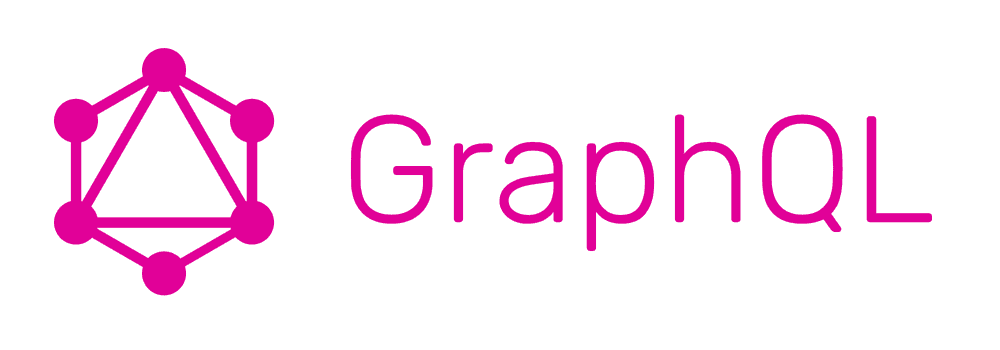Encapsulating data on GraphQL using Loaders
If you have already used GraphQL, you probably saw that it can consume data coming from the most varied sources, be it a local database or an external API, while centralizing them in a single, self-contained, API.
Here at Entria, we built a structure using files that we call Loaders, which are kinda like a database abstraction layer, but for our GraphQL data sources. Here is an introduction to this simple concept, heavily used everywhere else.

You can use them to wrap your data fetching logic, this way it doesn’t matter where this data is coming from, be it, for example, your MongoDB instance:
// @flow
// Types, etc ...
export const placesAutoComplete = async (
ctx: GraphQLContext,
{ search }: PlacesAutoCompleteOptions,
): Promise<?PlacesAutoCompleteOutput> => {
const conditions = {
name: {
$regex: new RegExp(`${search}`, 'ig'),
},
}
const places = MyPlaces.find(conditions)
// map places to the expected result and return it
// just an example:
const result = places.map((item) => item)
return result
}or an external API:
// @flow
import { createClient } from '@google/maps'
const gMapsClient = createClient({
key: 'MY_RANDOM_KEY',
Promise: Promise,
})
// Types, etc...
export const placesAutoComplete = async (
ctx: GraphQLContext,
args: PlacesAutoCompleteOptions,
): Promise<?PlacesAutoCompleteOutput> => {
const places = await gMapsClient.placesAutoComplete(args).asPromise()
// map places to the expected result and return it
// just an example:
const result = places.map((item) => item)
return result
}Your GraphQL resolvers are not going to know about how this data is fetched, all they expect is a single, well-defined interface, that you have already set:
// @flow
// ...
export default new GraphQLObjectType({
// ...
fields: () => ({
placesAutoComplete: {
// ...
resolve: async (obj, args, context) => {
if (!args.search) return null
const results = await PlaceAutocompleteLoader.search(context, args)
// do something with results
},
},
}),
})This allows you to create powerful models for those data sources, permitting you to not have just the data fetching logic isolated, but even more complex logic, like access control rules, which I’ve written about on another post: Access Control List on GraphQL with Loaders
The examples above are using just simple functions, but imagine a single Loader file per object type that your GraphQL server exposes, with multiple simple functions for retrieving data related to this object.
Besides the data fetching encapsulation, we also use those loaders to hook up the dataloader library from Facebook, which can be used as a per request cache, to make sure one single record is not retrieved more than one time. From their Readme:
DataLoader is first and foremost a data loading mechanism, and its cache only serves the purpose of not repeatedly loading the same data in the context of a single request to your Application. To do this, it maintains a simple in-memory memoization cache (more accurately: .load() is a memoized function).
Check our GraphQL dataloader boilerplate for a more complete example: entria/graphql-dataloader-boilerplate
